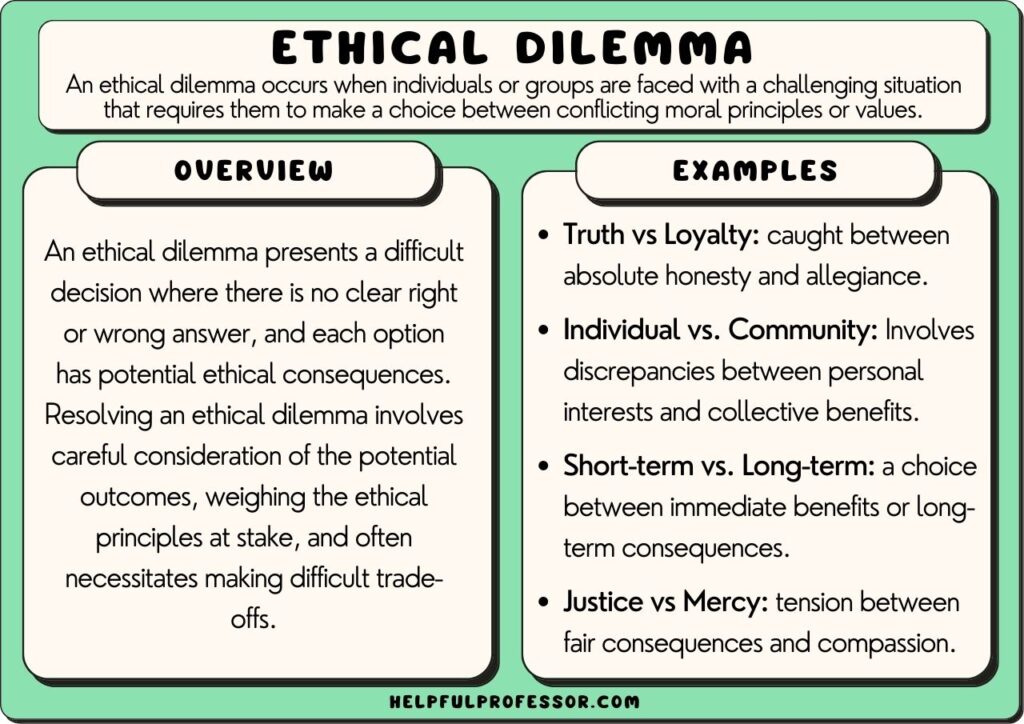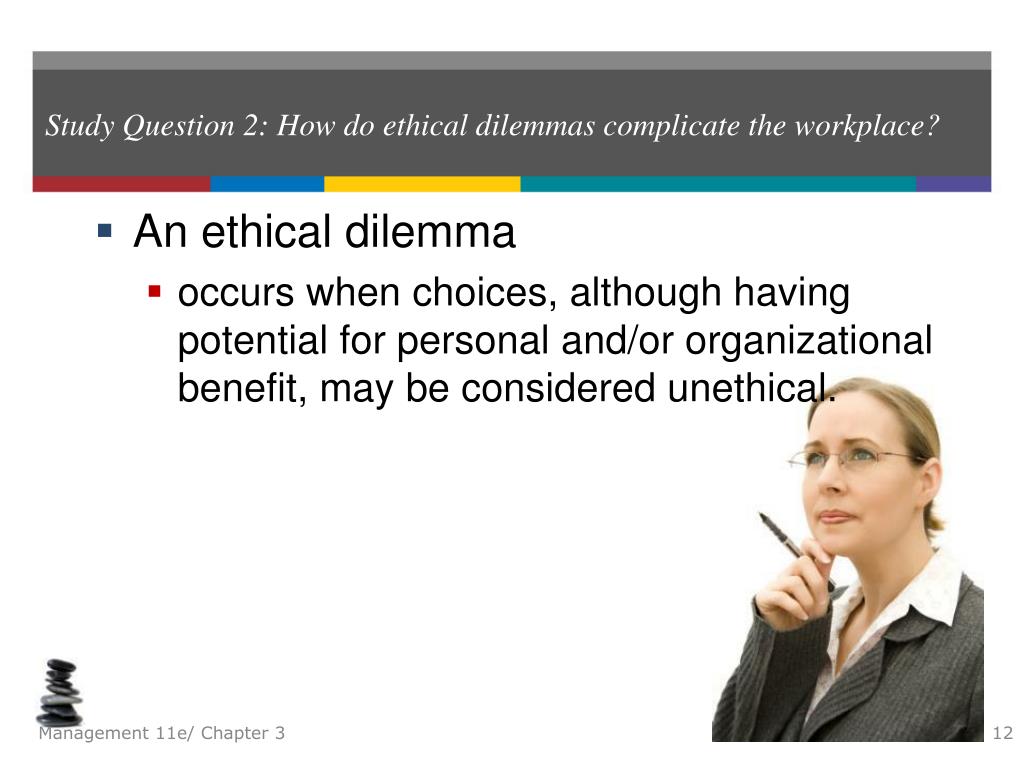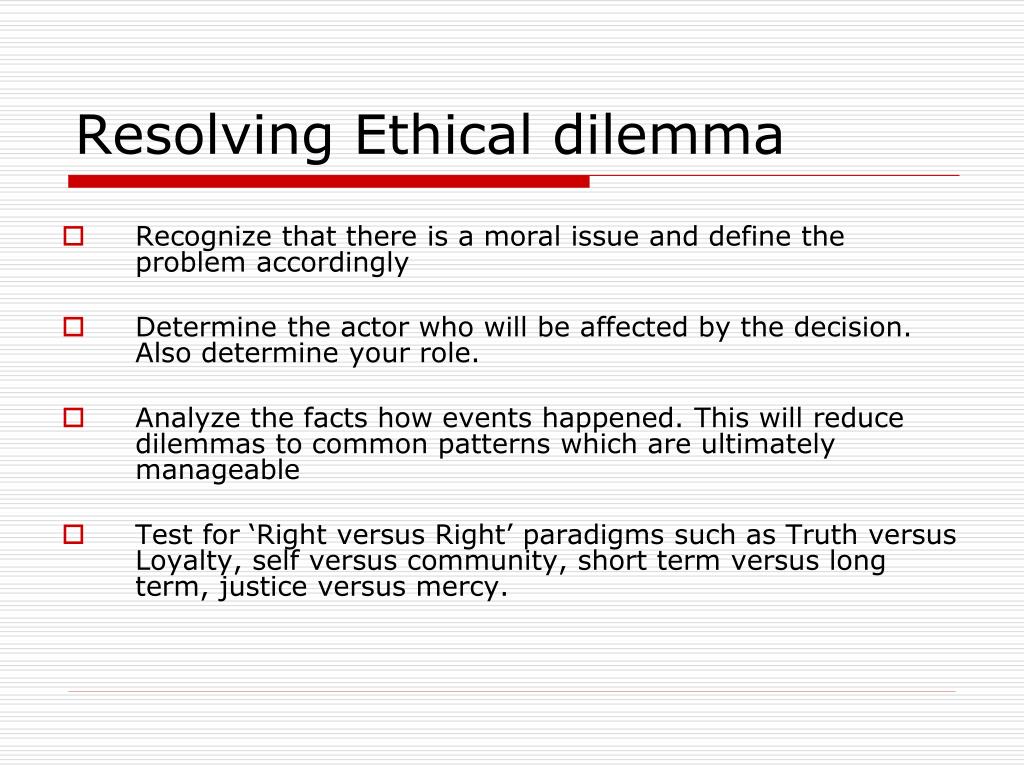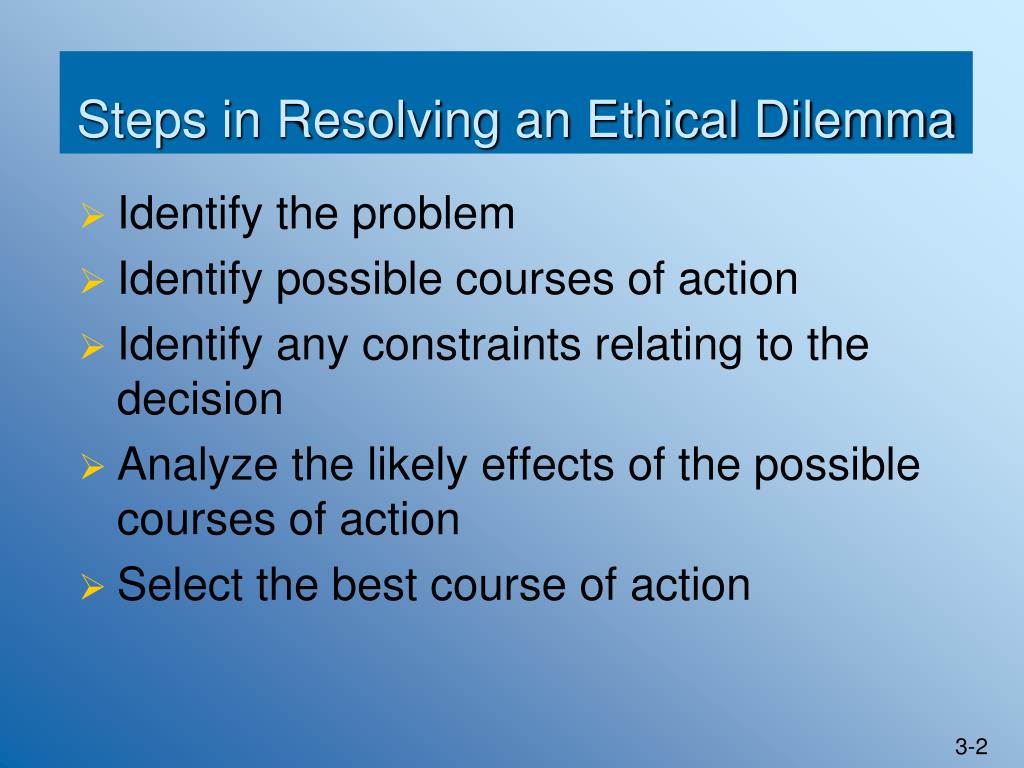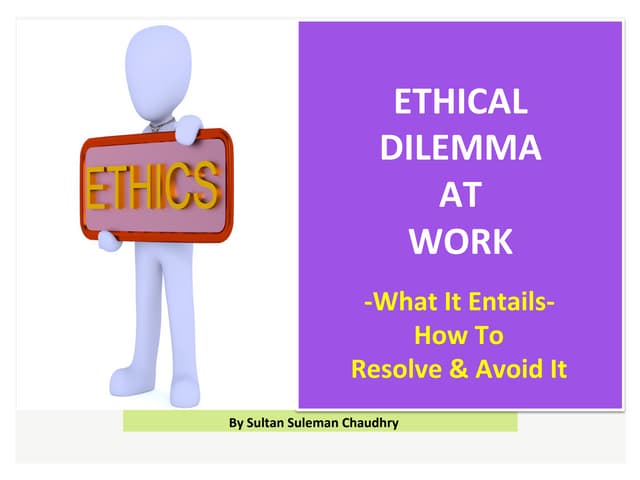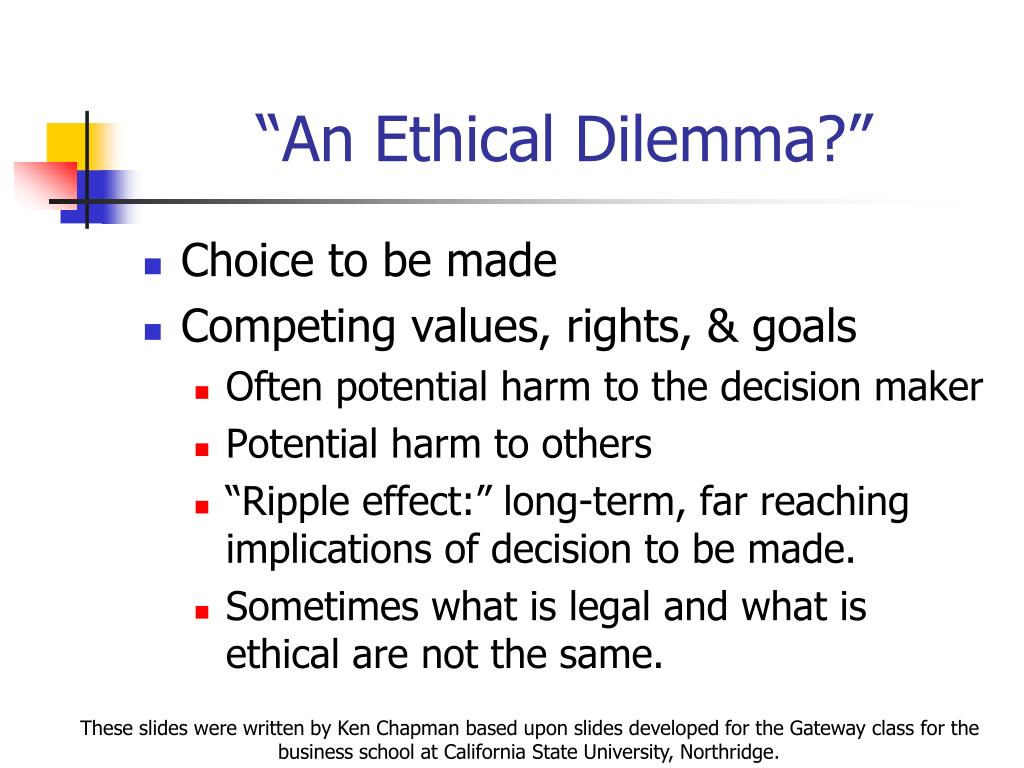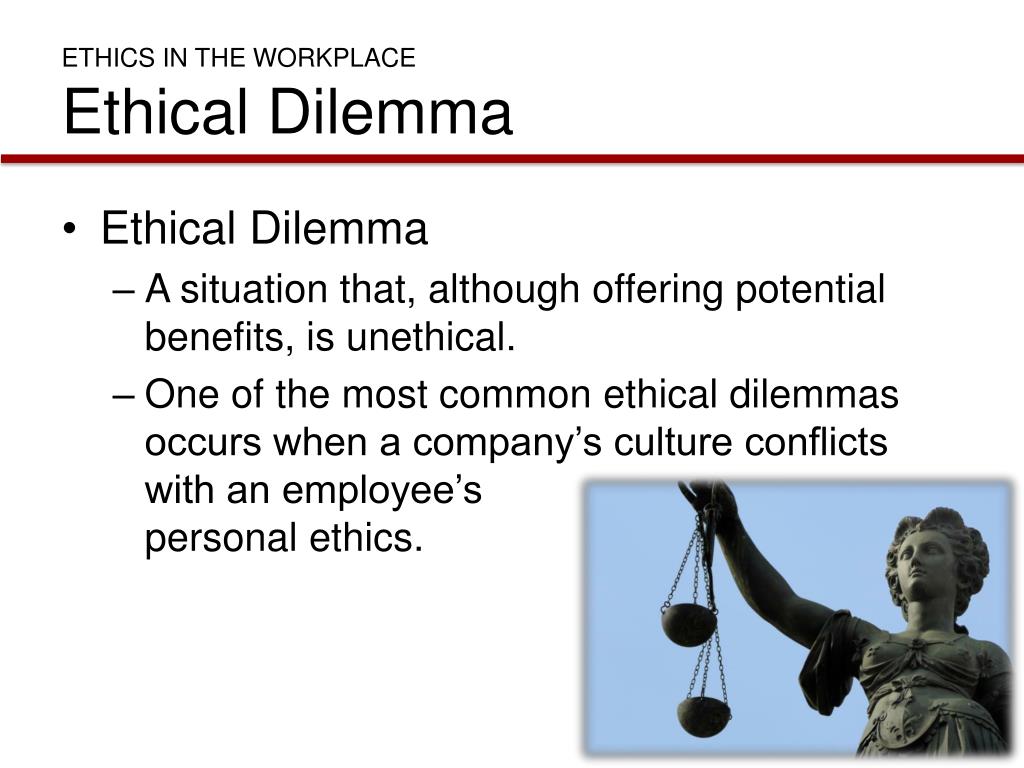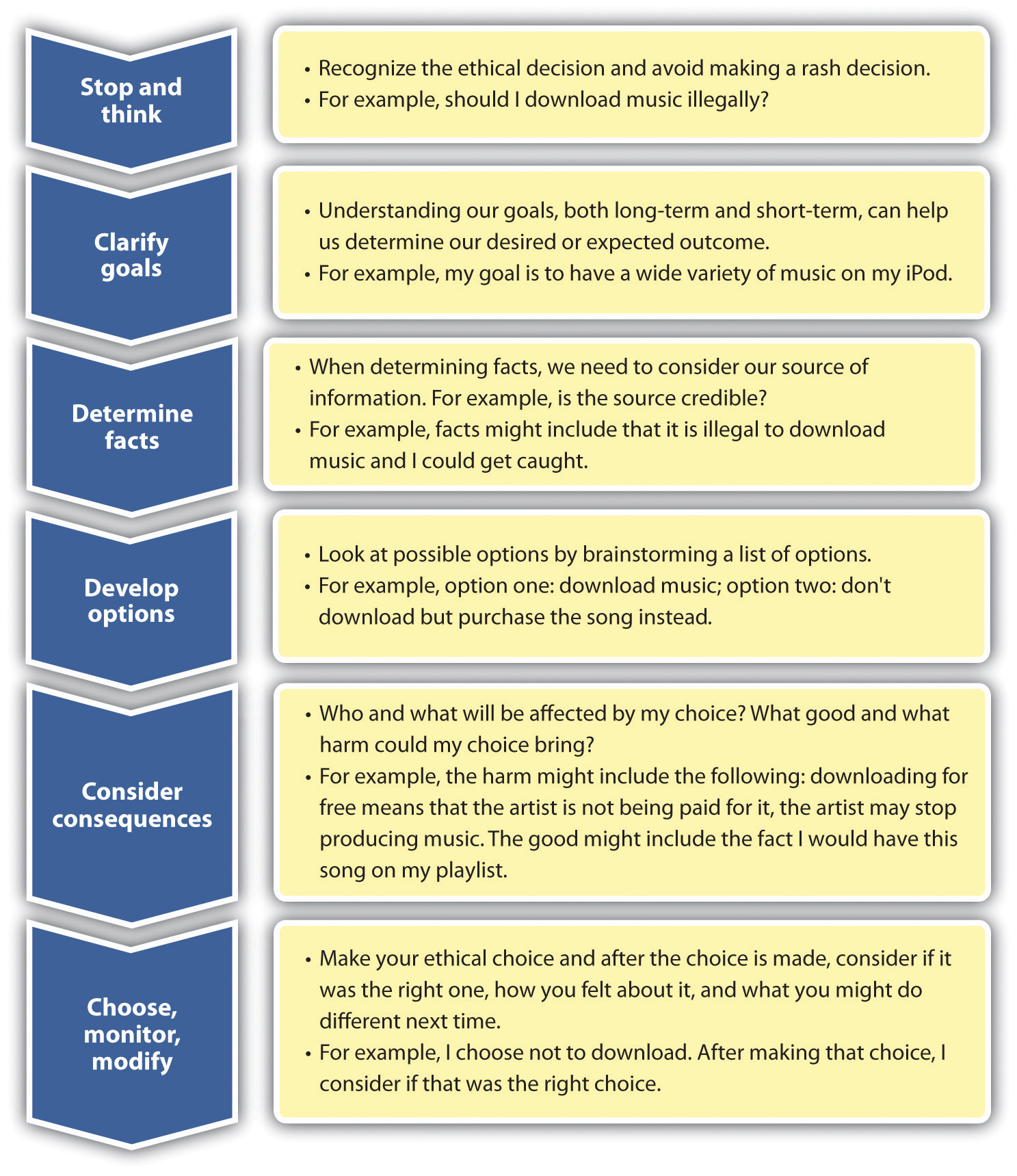How To Solve An Ethical Dilemma In The Workplace
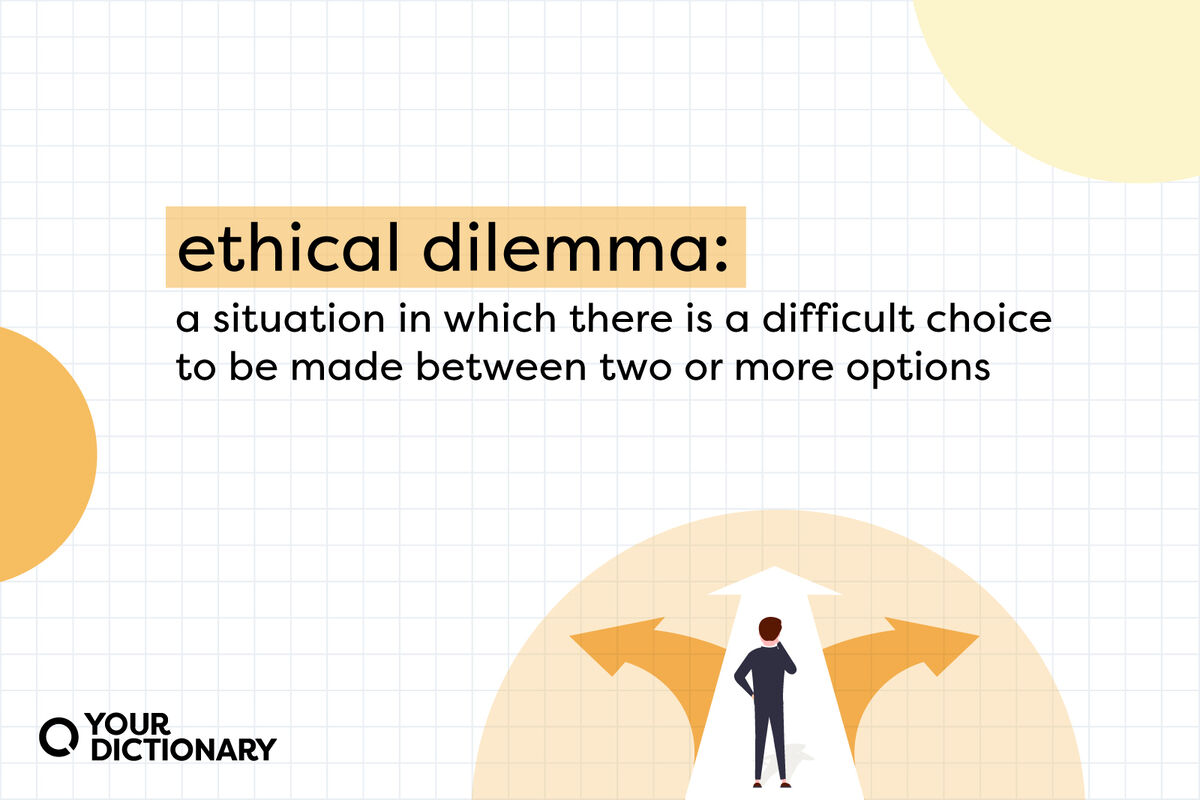
Ethical dilemmas are inevitable in the modern workplace, threatening productivity and morale. Knowing how to navigate these situations is crucial for maintaining a healthy and trustworthy work environment.
This guide provides a concise, actionable framework for resolving ethical dilemmas, ensuring individuals and organizations uphold their values and legal obligations.
Identify the Ethical Problem
The first step is to pinpoint the exact nature of the dilemma. Clearly define what makes the situation ethically challenging.
Ask yourself: What values are in conflict? What potential harms could result?
Document everything meticulously, including dates, times, individuals involved, and specific actions.
Gather the Facts
Collect all relevant information pertaining to the situation. Who is involved? Where did the incident occur?
When did it happen? And why is it a concern? Seek out credible sources and verify the accuracy of the information.
Avoid relying on assumptions or hearsay.
Identify Stakeholders
Determine who will be affected by the outcome of the dilemma. This includes individuals, teams, departments, and even the organization as a whole.
Consider their perspectives and potential impacts on them. Understanding the stakeholders helps in developing equitable solutions.
Evaluate Options
Brainstorm a range of possible courses of action. For each option, analyze the potential consequences, both positive and negative.
Consider ethical frameworks such as utilitarianism, deontology, and virtue ethics. Refer to company policies, legal guidelines, and industry best practices.
Make a Decision
Based on your evaluation, choose the option that best aligns with your values, legal obligations, and the interests of the majority of stakeholders.
Be prepared to justify your decision and explain the reasoning behind it.
Document your decision-making process thoroughly.
Implement and Review
Put your decision into action, ensuring clear communication and transparency throughout the process. Monitor the results of your decision and be prepared to make adjustments if necessary.
Regularly review your ethical decision-making framework to ensure it remains effective and relevant. Seek feedback from stakeholders and learn from past experiences.
Consider consulting with a qualified ethics professional or legal counsel for complex dilemmas.
Resources and Support
Numerous resources exist to help individuals and organizations navigate ethical dilemmas. The Ethics & Compliance Initiative (ECI) offers training, tools, and guidance on ethical leadership and decision-making.
The Society for Human Resource Management (SHRM) provides resources on ethical workplace practices. Many organizations also have internal ethics committees or ombudsman programs.
These resources can provide support, guidance, and a framework for addressing ethical challenges.
Next Steps
Organizations must foster a culture of ethical awareness and accountability. Implement regular ethics training for all employees.
Establish clear reporting mechanisms for ethical concerns. Consistently enforce ethical policies and procedures.
Proactive measures are critical to preventing ethical breaches and maintaining a trustworthy workplace.

